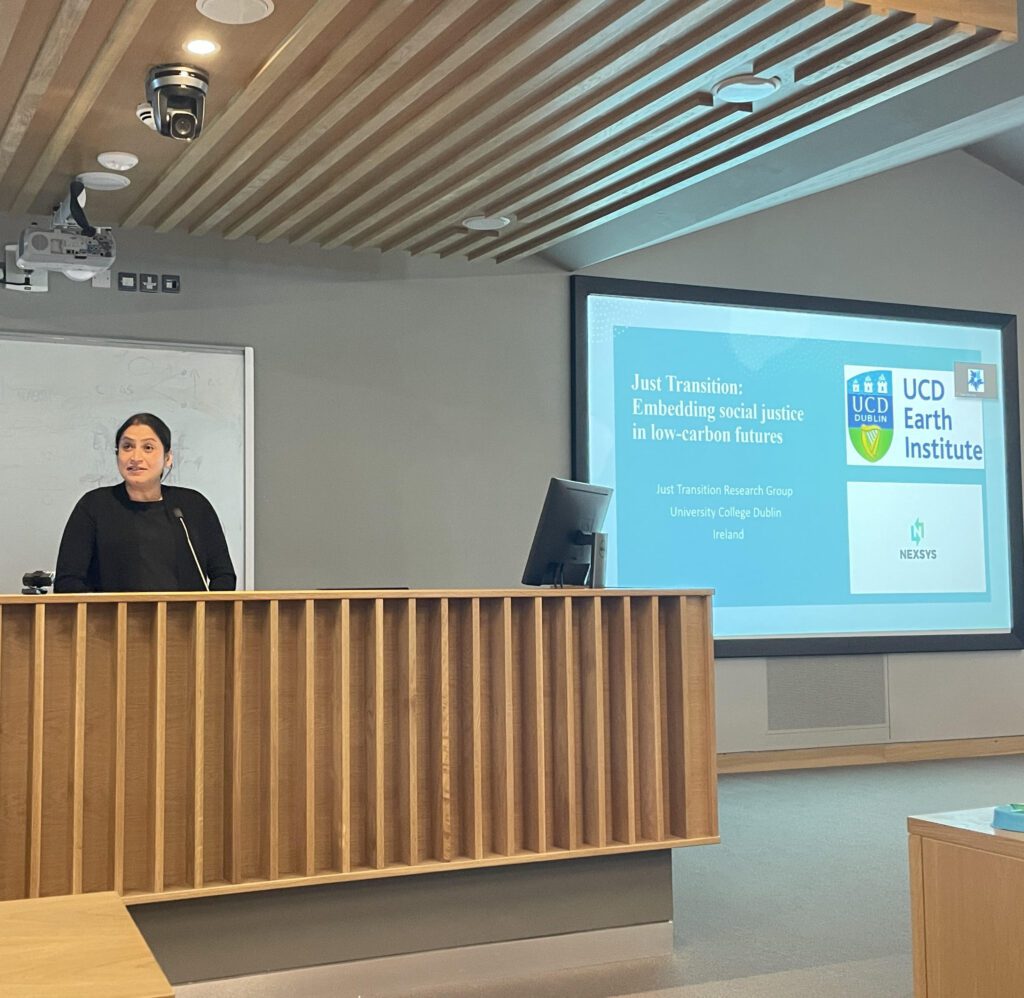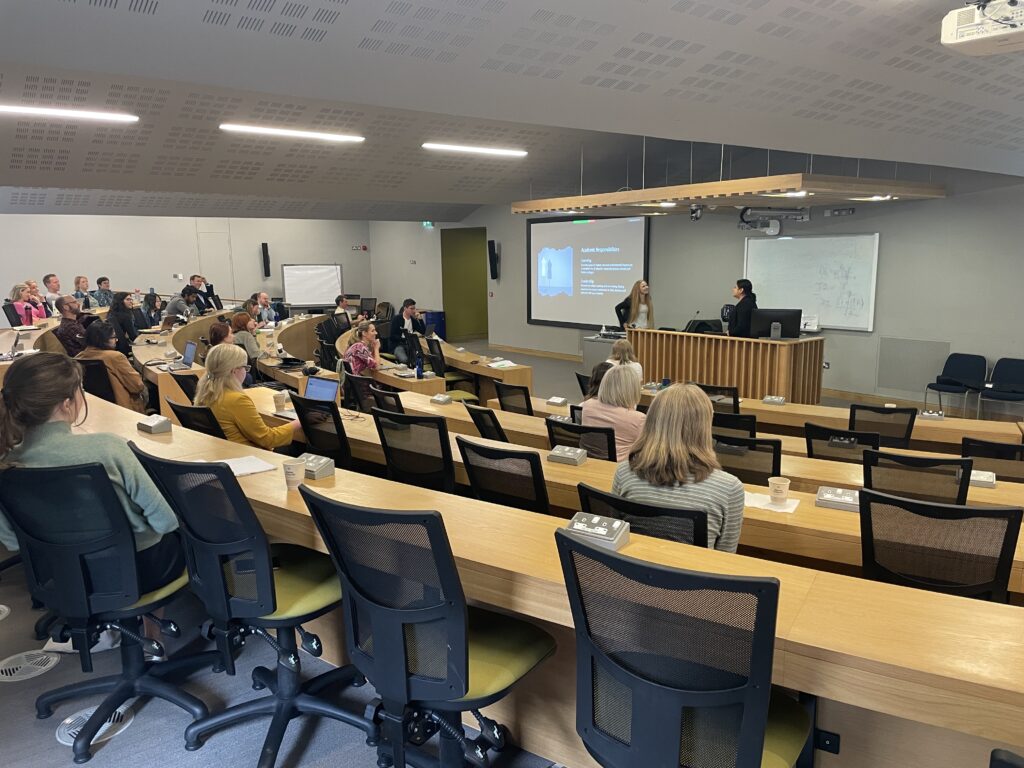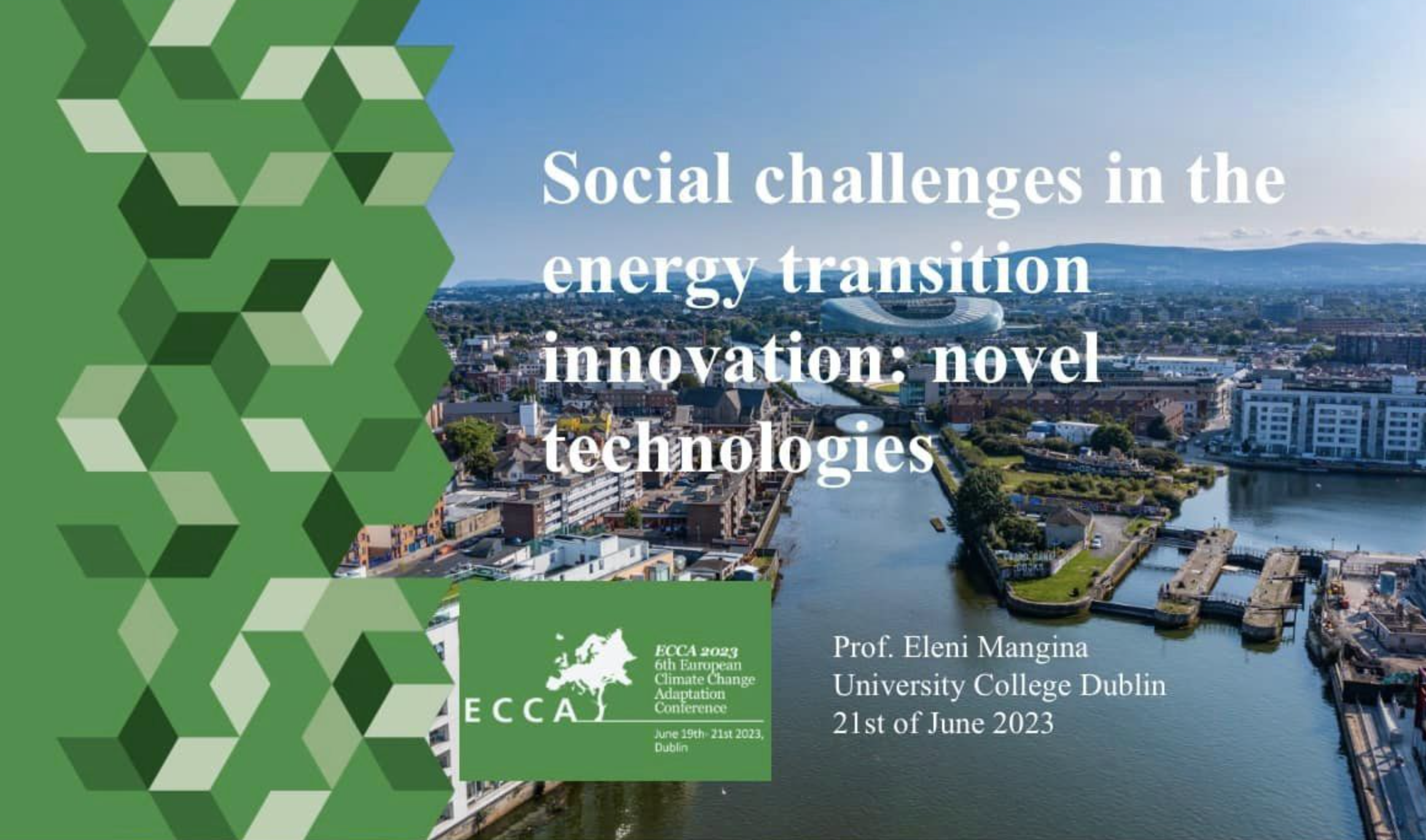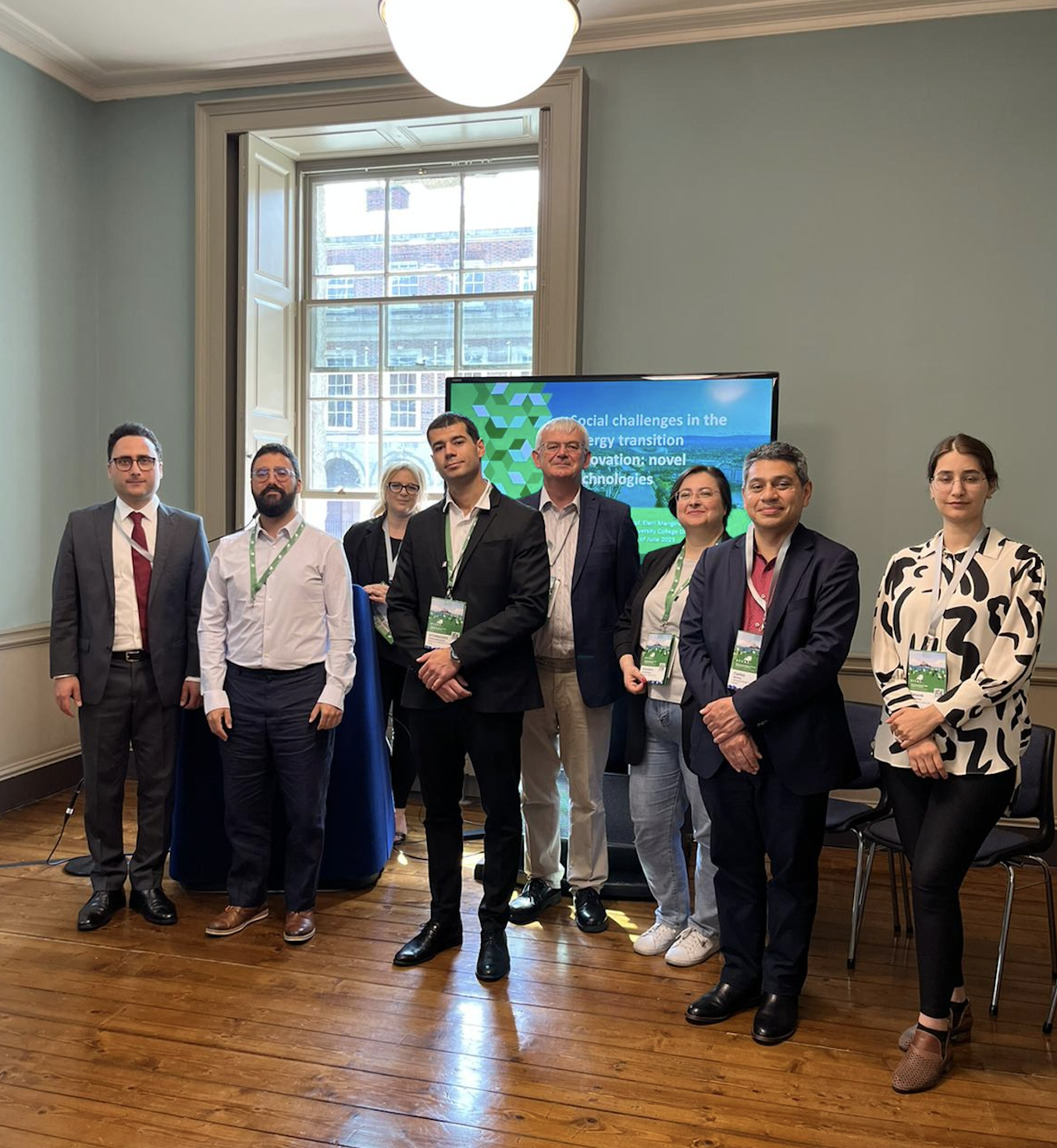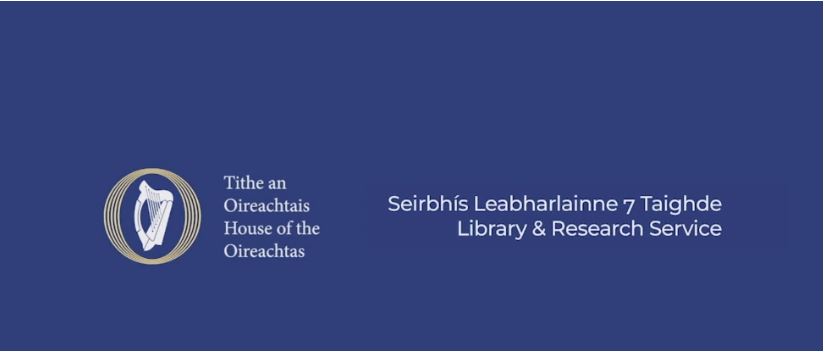NexSys publications
2023 publications to date
Refereed original articles
[Format: Authors, Title, Journal, DOI]
1) Scarselli, G, Quan, D., Prasad, V., Rao, P.S., M Hardiman, M., Reid, I., O’Dowd, N.P., Murphy, N. & Ivankovic, A. Mode I fracture toughness of glass fibre reinforced thermoplastic composites after UV and atmospheric plasma treatments, Composites Science and Technology, https://doi.org/10.1016/j.compscitech.2023.109982
2) Parivendhan, G., Cardiff, P., Flint, T., Tuković, Z., Obeidi, M., Brabazon, D. & Ivanković, A. A numerical study of processing parameters and their effect on the melt-track profile in Laser Powder Bed Fusion processes, Additive Manufacturing, https://doi.org/10.1016/j.addma.2023.103482
3) Batistić, I, Cardiff, P., Ivanković, A. & Tuković, Z. A finite volume penalty-based implicit procedure for the treatment of the frictionless contact boundaries, International Journal for Numerical Methods in Engineering, https://doi.org/10.1002/nme.7302
4) Dreelan, A. Ivankovic & D J Browne. Grain structure predictions for metallic additive manufacturing processes, Mater. Sci. Eng., https://doi.org/10.1088/1757-899X/1274/1/012013
5) Blackman, B., Sun, F., Teixeira De Freitas, S., de Barros, S., Arouche, M.M., & Ivankovic, A. Understanding fracture mode-mixity and its effects on bond performance, Advances in Structural Adhesive Bonding, https://doi.org/10.1016/B978-0-323-91214-3.00015-6
6) Khan, Z., Long, X., Casey, E., Dowling, D., & Ferguson, S.. Development of continuous spatially distributed diafiltration unit operations, Reaction Chemistry & Engineering, https://doi.org/10.1039/D3RE00013C
7) Afkousi-Paqaleh, M., Jafarian, M., & Keane, A. Modelling the Interdependence of Multiple Electricity Markets in the Distribution System Aggregator Bidding, IEEE Transactions on Energy Markets, Policy and Regulation, https://doi.org/10.1109/TEMPR.2023.3268440
8) Yasuda, E.M. Carlini, A. Estanqueiro, P.B. Eriksen, D. Flynn, L. Finn Herre, B.-M. Hodge, H. Holttinen, M.J. Koivisto, E. Gómez-Lózaro, S.M. Martínez, N. Menemenlis, G. Morales- España, C. Pellinger, A. Ramos, C. Smith, & T.K. Vrana. Flexibility chart 2.0: an accessible visual tool to evaluate flexibility resources in power systems, Renewable and Sustainable Energy Reviews, https://doi.org/10.1016/j.rser.2022.113116
9) Zhao, X. Kestelyn, Q. Cossart, F. Colas, D. Flynn. State residualisation and Kron reduction for model order reduction of energy systems, Applied Sciences, https://doi.org/10.3390/app13116593
10) Keyvani, E. Whelan, E. Doddy, D. Flynn. Indirect weather-based approaches for increasing power transfer capabilities of electrical transmission networks, Wiley Interdisciplinary Reviews: Energy and Environment, https://doi.org/10.1002/wene.470
11) Sood, Divyanshu, Alhindawi, Ibrahim, Ali, Usman, McGrath, James A., Byrne, Miriam A., Finn, Donal, & O’Donnell, James. Simulation-based evaluation of occupancy on energy consumption of multi-scale residential building archetypes, Journal of Building Engineering, https://doi.org/10.1016/j.jobe.2023.106872
12) Banerjee, Aparajita & Schuitema, Geertje. Spatial justice as a prerequisite for a just transition in rural areas? The case study from the Irish peatlands, Environment and Planning Part C: Politics and Space, https:://doi.org/10.1177/23996544231173210
13) McGinley, J., Harmon O’Driscoll, J., Healy, M.G., Ryan, P.C., Mellander, P.E., Morrison, L., Callery, O., Siggins, A. Impact of historical legacy pesticides on achieving legislative goals in Europe, Science of the Total Environment, https://doi.org/10.1016/j.scitotenv.2023.162312
14) O’Hegarty, R. & Kinnane, O. A whole life carbon analysis of the Irish residential sector-past, present and future, Energy and Climate Change, https://doi.org/10.1016/j.egycc.2023.100101
15) Oeschger, G, Caulfield, B. & Carroll, P. Investigating the role of micromobility for first- and last-mile connections to public transport. Journal of Cycling and Micromobility Research, https://doi.org/10.1016/j.jcmr.2023.100001
16) Wisudawan, A., Jaksic, V., Pakrashi, V., & Murphy, J. Variability of Kinetic Response Estimates of Froude Scaled DeepCwind Semisubmersible Platforms Subjected to Wave Loading. J. Offshore Mech. Arct. Eng., https://doi.org/10.1115/1.4063180
17) Keane, A. Buckle up: Electrification of transport is happening [In my view],” in IEEE Power and Energy Magazine, vol. 21, no. 6, pp. 114-116, https://10.1109/MPE.2023.3308249
18) Minion, L. & Banerjee, A. ‘I can feel the money go out the window: how high energy prices evoke negative emotions in people with previous experience of homelessness. Energy Research and Social Science, vol.108, https://doi.org/10.1016/j.erss.2023.103387
Refereed conference proceedings
[Format: Author list, Title, Conference title, DOI]
1) Mendieta, D. Flynn, Grid integration impacts of hydrostatic transmission-based wind turbines, IEEE PES PowerTech, 10.PowerTech.2023
2) Stanley, L. Ryan, D. Flynn, Strategies to increase grid flexibility for an isolated system with over 80% renewable electricity in 2030, International Conference on the European Electricity Market (EEM), 10.EEM.2023.1
3) Vrana Til Kristian, Svendsen Harald G., Korpas Magnus, Couto Antonio, Estanqueiro Ana, Flynn Damian, Holttinen Hannele, Hartel Philipp, Koivisto Matti, Lantz Eric, Frew Bethany. Improving wind power market value with various aspects of diversification, International Conference on the European Electricity Market (EEM), 10.EEM.2023.2
4) Maryam Pourmahdi-torghabe, Terence O’Donnell, Hamed Heydari-doostabad, Reza Ghazi. Bridgeless Active PFC Modified Cuk-based Rectifiers with Positive/Negative Output Voltage and Low Semiconductors Voltage Stress, 27th International Electrical Power Distribution Conference, DOI not yet available
OTHER RESEARCH OUTPUTS
-PhD researcher Alireza Etemad’s project is entitled ‘Integration of Supply, Demand, and Policy for Development of 5th Generation District Heating Systems’. You can download a copy of his recent presentation at the EirGrid research forum which took place in Dublin in August 2023 here. Learn more on this Researcher Spotlight: Researcher spotlight: Alireza Etemad – NexSys Next Generation Energy Systems (nexsys-energy.ie).
– Prof Eoghan Clifford is co-author of a 2023 white paper on Greenhouse Gas Emissions and Water Resource Recovery Facilities produced by the International Water Association Climate Smart Utilities GHG sub-group.

